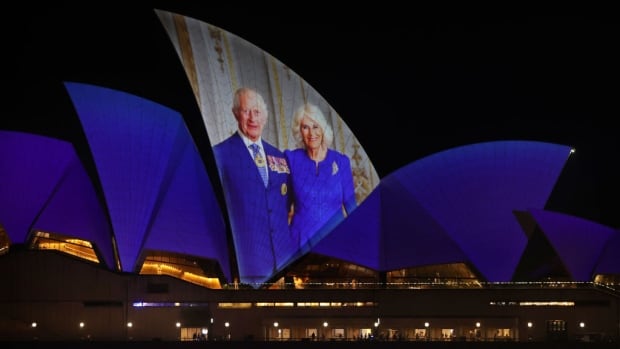
Hello, royal watchers. This is your regular dose of royal news and analysis. Reading this online? Sign up here to get this delivered to your inbox.
When King Charles and Queen Camilla are in Australia over the next few days, they will meet people who devote their time to interests the royals have also long shared.
But the visit that began Friday carries with it added significance, particularly because it’s the King’s first trip to a Commonwealth realm since he became monarch two years ago, and his first major overseas trip since he was diagnosed with cancer early this year.
“He is, of course, following in the huge footsteps of his mother, Queen Elizabeth. And I think not just in Australia but elsewhere around the Commonwealth, that’s a huge challenge,” said Cindy McCreery, an associate professor of history at the University of Sydney, in an interview over Zoom this week.
“In the last royal visit [to Australia] in 2011 with Queen Elizabeth … she didn’t have anything to prove. She was of course a very well-established, well-respected monarch and didn’t really need to worry what people thought.
“I think [with] Charles, there’s a much greater sense [that] this is a moment to prove himself in Australia and on the world stage and so there’s a lot more uncertainty.”
At one point, there had been speculation Charles’s first visit as King to a Commonwealth realm would bring him to Canada. Plans for a visit here last spring were put on hold after he was diagnosed with an undisclosed form of cancer.
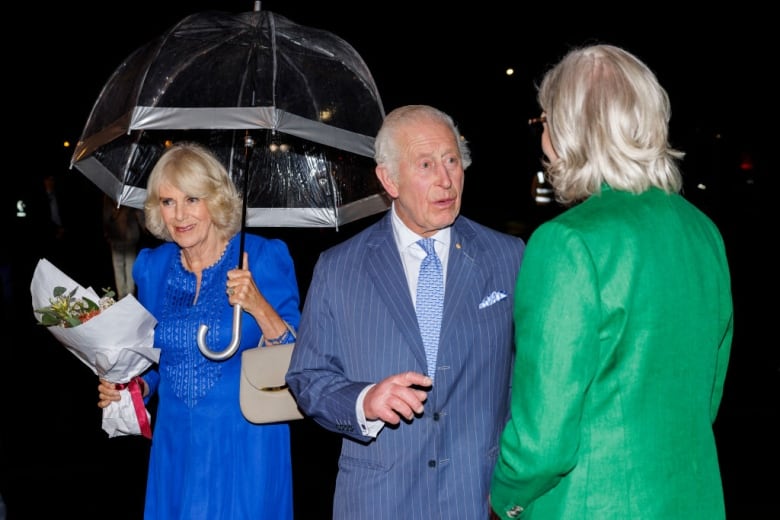
This trip Down Under, however, had long been marked in his calendar, combining time in Australia with attendance at the Commonwealth Heads of Government Meeting next week in the Pacific island country of Samoa.
“These biannual meetings, he wants to be a part of that,” said David Johnson, a political science professor at Cape Breton University in Nova Scotia. “To him and to the late Queen, the Commonwealth is vitally important.”
Plans to visit New Zealand on this trip were reportedly shelved, and the Australian visit is limited to the Sydney and Canberra areas, an apparent effort to take into account Charles’s health and avoid any additional strain in covering the country’s vast geography. His treatment for cancer has been paused for the trip.
“I’m sure it’s a chance for him and Buckingham Palace to hopefully show that he’s well,” said Johnson.
“I think the deep-down issue is just, can he pull off a royal tour in Australia?”
Charles, 75, is no stranger to the country — it’s his 17th visit, with his first coming as a teenager, when he spent time at a boarding school.
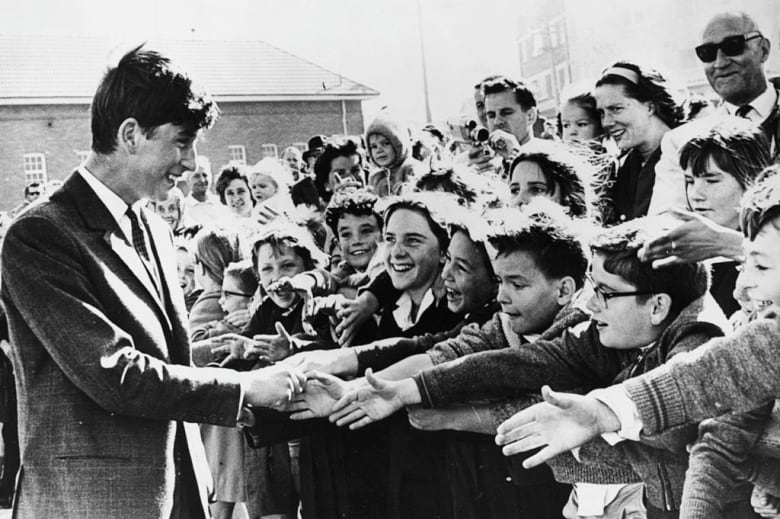
“He’s made enough subsequent visits at different stages of his life that I think many Australians, particularly older Australians, feel that they know him and have a generally positive impression,” said McCreery.
Among younger generations, however, feelings may differ.
“I think that younger members of the Royal Family, such as William and Catherine and previously Harry and Meghan, had much more resonance for younger Australians, as they would for younger people around the world,” said McCreery.
She expects to see Charles meeting with relatively small groups of people.
“I actually think that this visit is being very carefully planned around showcasing Charles and Camilla as listening, and particularly listening to ordinary Australians, rather than speaking,” said McCreery.
“I think that’s a very important part of the opportunity to showcase what I call, or what indeed other people have called, Charles’s vision of his reign as that of a people’s monarch.”
The itinerary for him and Camilla includes time separately or together with representatives of Indigenous groups; campaigners and survivors of domestic abuse; charities around literacy; firefighters; and people who work with climate change and trying to help prevent the spread of bushfires, a significant issue in Australia.
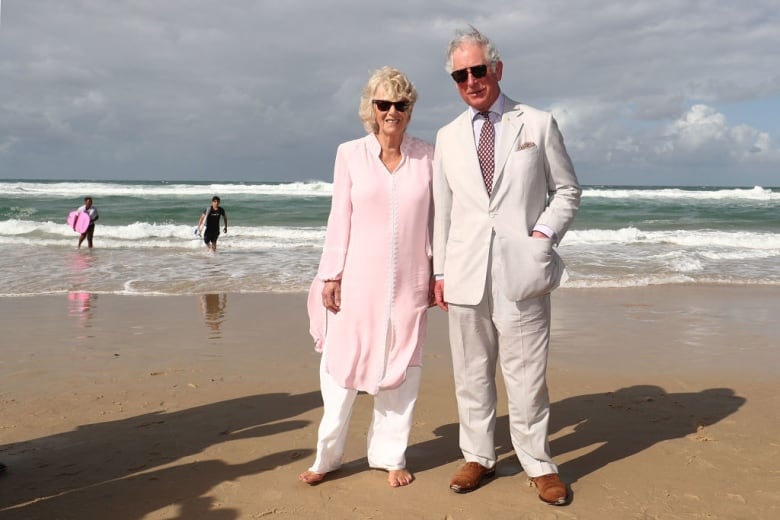
Other engagements on the royal itinerary include meeting children at a library and attending a community barbecue with representatives from diverse cultural groups.
“It’s very much about listening and meeting different people in Australia, rather than showcasing as might have happened when Queen Elizabeth visited — you know, ‘here is the monarch, he’s going to speak to us or … everyone looking … bow down to them.’ And I think that’s a very important part of how he’s hoping to come across in Australia.”
Much media coverage inside and outside Australia ahead of the visit has focused on politics — several state premiers won’t be meeting him — and the issue of republicanism.
“I think both … the Australian republican movement and the Australian Monarchy League are understandably using the royal visit as an opportunity to put forward their case for why on the one hand we should become a republic, or on the other, why we should remain a constitutional realm, a constitutional monarchy,” said McCreary.
How much other Australians are thinking about republicanism right now is less obvious.
“If you look at the polls … it’s very unclear that a majority of Australians definitively want a republic at this stage,” McCreery said.
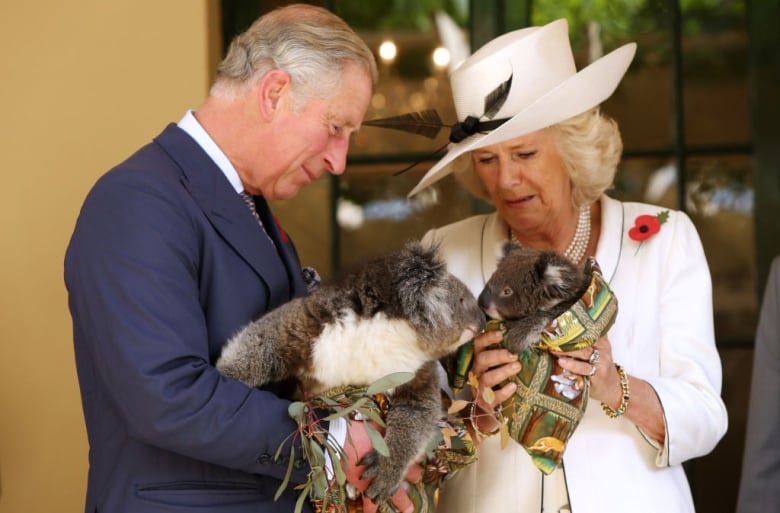
“I think what’s more accurate is that Australians … probably think in the long run it will happen, but it’s not a matter of immediate urgency.”
McCreery expects Australians will go out and see Charles and Camilla, although she would “argue that for some of them, it’s not about seeing their head of state or monarch and it’s more about a general interest in celebrity culture and in seeing people visiting Australia who we don’t often see.”
And in that context, how will the visit compare to those of other celebrities?
“Taylor Swift sold out all of our venues,” McCreery said.
“I don’t think that we’re going to see a Taylor Swift kind of response here. And it will be interesting to think about what that says about how Australians kind of see the monarchy and see the King and Queen….
“I think really the answer will lie in which group of Australians you’re talking to, and the demography — what age group, maybe what family background people have — will shape how they understand and see this royal visit.”
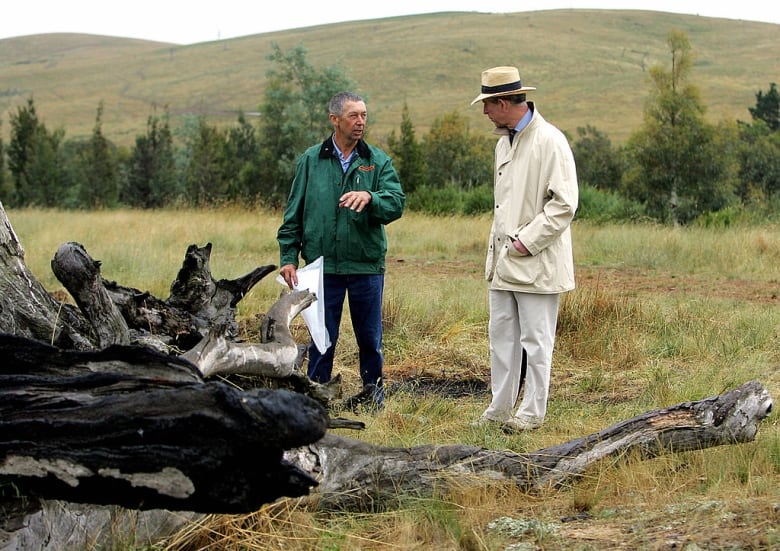
If the Australian trip goes well, Johnson expects there will be people in Canada wondering if Charles will come here next year.
But Canadian politics may play into the timing of any visit.
“If a federal election is happening sometime next spring or fall, the likelihood is that he won’t be coming during that time,” said Johnson.
“Maybe 2026 is the best time for Buckingham Palace to be thinking about a royal visit here, because you don’t want to be seen to be somehow getting politicized into a Canadian election debate.”
From one cancer patient to another
One engagement on King Charles’s Australian itinerary will carry a particular poignancy, and continue a focus he’s had in recent months.
Charles will meet cancer researchers Georgina Long and Richard Scolyer, who have been honoured as Australians of the Year for their work on melanoma, a cancer of the skin.
The researchers, McCreery said, have become well-known in Australia because of their work “on applying immunotherapy to melanoma with great success.”
Scolyer is using that treatment for his own brain cancer.
“Melanoma is of course a huge issue in Australia as elsewhere,” said McCreery.
“The King, who is also managing his own cancer, meeting researchers of cancer, one of whom is also a cancer patient … is a particularly kind of poignant [moment], but also … a really probably useful platform to encourage public awareness as well as support and research.”
Charles’s first engagement when he returned to public duties after his diagnosis was to visit a cancer treatment centre in London.
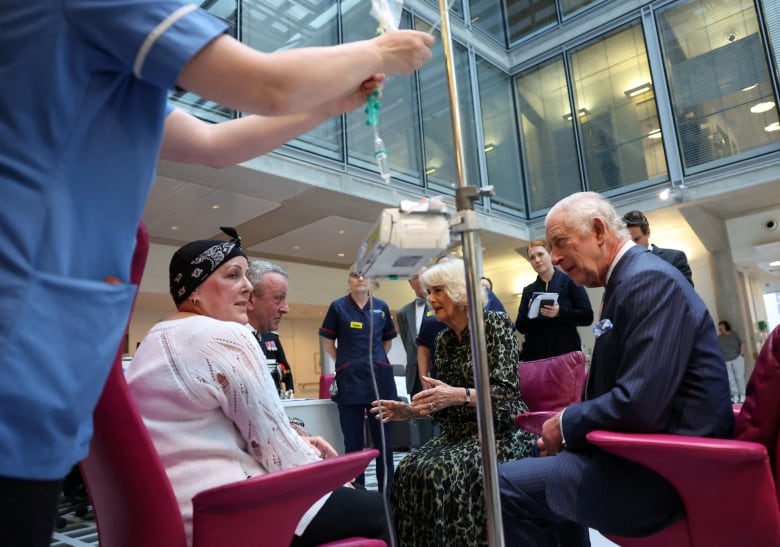
Off to Malta … then Chad
Also on the royal visit front, the busy schedule that has seen the public profile of Sophie, Duchess of Edinburgh, on the rise took her to the Mediterranean and Africa in recent days.
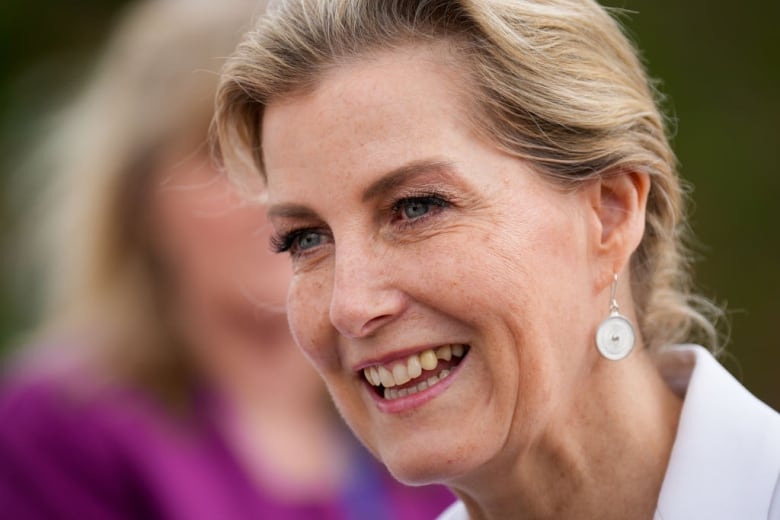
A four-day trip to the Mediterranean island of Malta, with her husband, Prince Edward, marked the 60th anniversary of its independence, and took the couple to a country that held a special place in the heart of Edward’s late mother, Queen Elizabeth.
Elizabeth and her husband, Prince Philip, lived in Malta while he served with the Royal Navy.
“We know that she had an incredibly happy time out in Malta in the early days of her marriage,” said Judith Rowbotham, a social and cultural scholar and visiting research professor at the University of Plymouth in southwestern England, in an interview.